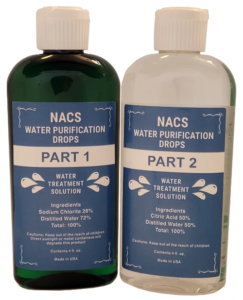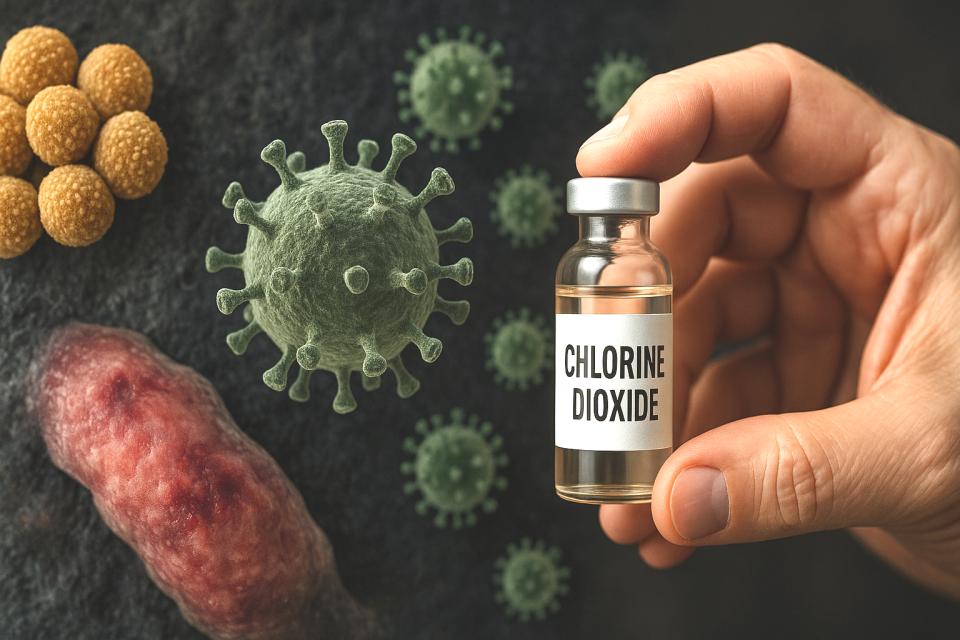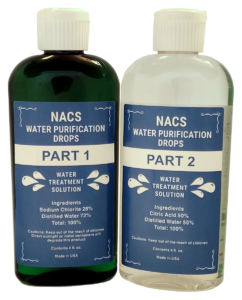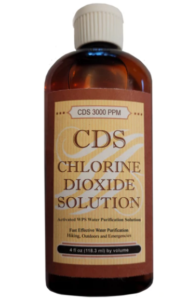Chlorine dioxide (ClO₂) is a small, powerful molecule. It has been used for years to disinfect drinking water, clean hospitals, and kill germs in food plants. But now, more and more people are looking at how it might help the human body heal.
Scientists and practitioners believe chlorine dioxide works in three key ways:
- Clearing out unhealthy cells.
- Helping the body regrow healthy tissue.
- Balancing the immune system.
These three actions could make chlorine dioxide a game-changer for the future of medicine.
- Clearing Out Unhealthy Cells
Most drugs today are very selective; they target one pathway or one type of cell. For example:
-
- Antibiotics kill specific bacteria but often miss others, and they don’t work against viruses.
- Cancer drugs usually go after one type of cancer cell marker, but if the cancer mutates (changes shape or strategy), the drug may stop working.
Chlorine dioxide works differently. It is non-selective, which means it doesn’t care if the cell is a bacterium, a virus, a parasite, or even a damaged human cell; it wipes it out by oxidizing it.
Example: Cancer Treatment
Chemotherapy and radiation are standard treatments. They can shrink tumors, but they often harm healthy tissue and cause harsh side effects. Cancer can also come back stronger if it becomes resistant to the drug.
Chlorine dioxide may offer a new approach. Because it doesn’t depend on specific cell markers, it can kill cancer cells no matter how they mutate. Imagine directly injecting chlorine dioxide into a tumor—early reports suggest it could keep killing cancer cells, potentially turning cancer into a manageable long-term condition rather than a deadly disease.
Example: Hair Loss
In male or female pattern baldness, hair follicles shrink and die. Their spot is often taken over by sebaceous gland cells (oil-producing skin cells). Regular treatments like minoxidil (Rogaine) or finasteride (Propecia) try to stimulate hair growth, but they don’t always work and can have side effects.
Chlorine dioxide’s cell-clearing ability might make room for brand-new follicles by removing those replacement cells, giving the body space to grow hair again.
- Helping the Body Regrow Tissue
Healing is not just about removing bad cells; it’s also about creating new, healthy ones. Our bodies already use reactive oxygen species (ROS), tiny bursts of oxygen-based molecules, to repair tissue. Chlorine dioxide seems to act in a similar way, giving the body a healing boost.
Example: Wound Healing
Typical wound care involves cleaning with antiseptics like hydrogen peroxide or iodine, then covering the wound to prevent infection. These methods can sting and may slow healing if overused.
Chlorine dioxide does three important things at once:
-
- Kills germs that might infect the wound.
- Clears away scabs or scar tissue that block new skin from forming.
- Calms inflammation, which allows faster healing.
Imagine someone with a chronic diabetic ulcer that doesn’t heal well with regular treatments. Chlorine dioxide might clear out the infected, dead tissue and give the wound a chance to close properly.
Example: Burn Recovery
Burn patients often face infections and scarring. Traditional burn creams like silver sulfadiazine fight infection but don’t do much to help skin regrow smoothly. Because chlorine dioxide both protects against germs and encourages healthy regeneration, it could become a low-cost way to improve burn recovery.
- Balancing the Immune System
The immune system is like a guard dog. Too weak, and it lets threats inside. Too strong, and it attacks the owner.
Many modern treatments try to control the immune system:
-
- Steroids (like prednisone) suppress inflammation, but they can weaken the body over time.
- Biologic drugs (like Humira) are very expensive and block specific immune signals, but they can leave patients vulnerable to infections.
Chlorine dioxide seems to work differently. It doesn’t shut down the immune system, it helps balance it.
Example: Autoimmune Conditions
Skin conditions like psoriasis, eczema, or vitiligo are hard to treat. Steroid creams can calm symptoms but don’t cure them, and long-term use thins the skin.
Topical chlorine dioxide has been reported to improve or even resolve some of these issues, likely because it reduces inflammation while also keeping the area free of germs.
Arthritis is another example. Standard treatments include anti-inflammatory drugs or immunosuppressing injections. In early tests, chlorine dioxide injected directly into painful joints helped reduce swelling and improve movement without the harsh side effects of standard drugs.
Example: Cancer and the Immune Response
Cancer treatments like photodynamic therapy (PDT) already use light to trigger ROS that help the immune system recognize tumors. Chlorine dioxide might do something similar by killing tumor cells; it seems to “wake up” the immune system and encourage it to fight cancer throughout the body, not just at the injection site.
Looking Ahead: What This Could Mean for Medicine
If research continues to support these findings, chlorine dioxide could impact medicine in big ways:
- Cancer Care Revolution: Instead of endless cycles of chemotherapy and radiation, chlorine dioxide could become part of a new strategy to keep cancer under control with fewer side effects.
- Faster Healing: From chronic wounds to burns, chlorine dioxide may help people recover quicker and with less scarring.
- Hope for Autoimmune Diseases: Millions of people suffer from conditions with no real cure. Chlorine dioxide might give them a safer, more affordable option.
- Affordable Global Health: Unlike expensive drugs, chlorine dioxide is simple and inexpensive to make. This could bring advanced treatment to developing countries where resources are limited.
Chlorine dioxide is not a magic bullet, and it must be studied carefully for safety and effectiveness. But the three ways it works—clearing out damaged cells, helping tissues regrow, and balancing the immune system—make it one of the most interesting candidates for the future of medicine.
It may sound surprising that such a simple molecule could do so much, but history shows us that great advances often come from unexpected places. Aspirin started from tree bark. Penicillin came from mold. Chlorine dioxide might just be the next simple discovery to change medicine forever.





